Fun Facts About Animals That Will Blow Your Mind!
Hey curious kiddos! Are you ready to embark on a wild adventure into the fascinating world of animals? From the tiniest insects to the mightiest mammals, there’s a whole zoo of incredible creatures out there. Get ready to be amazed as we explore some mind-blowing fun facts about our animal friends!
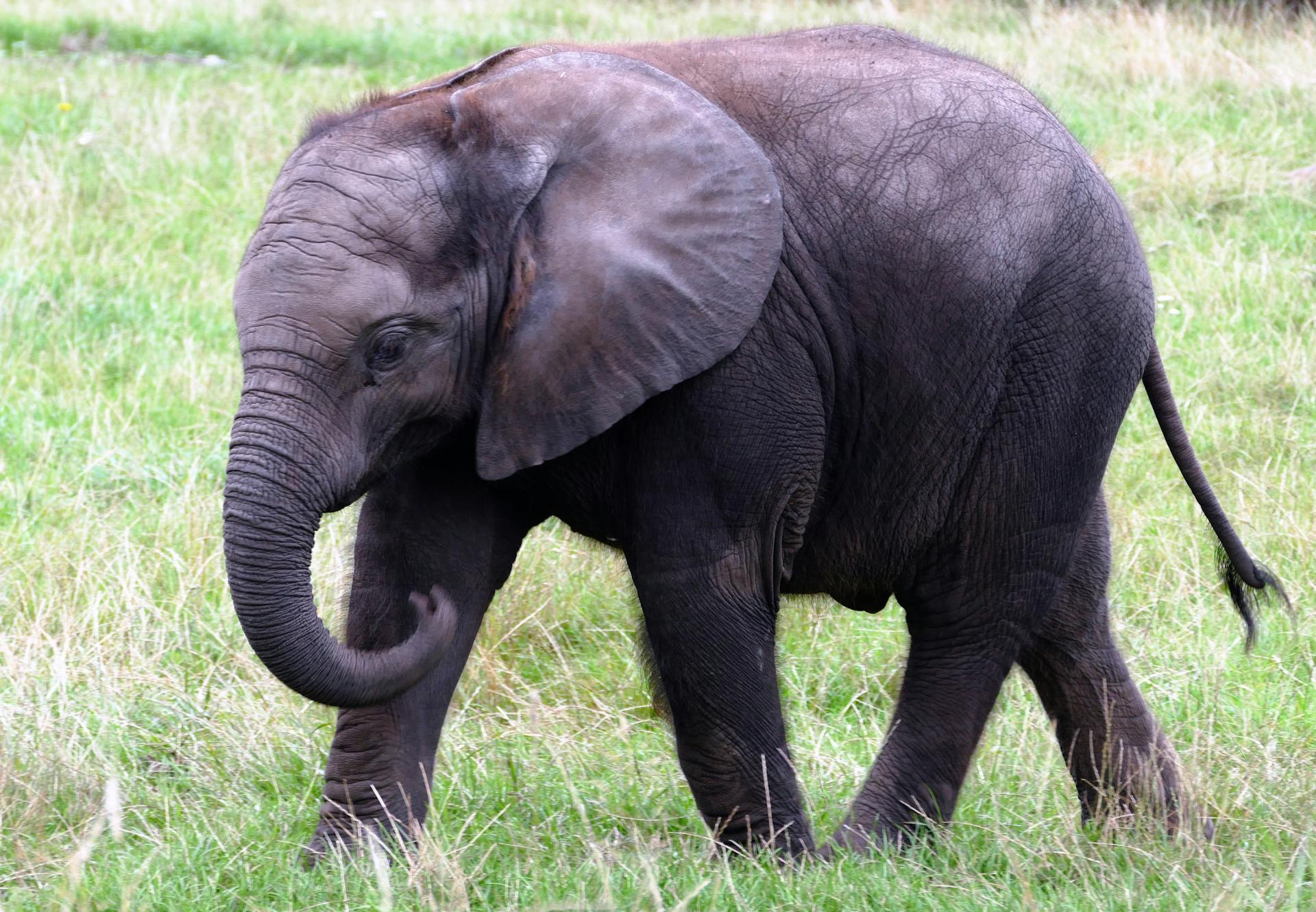
Fun Facts About Elephants
Biggest Land Animal: Elephants are the largest land animals in the world. The African elephant is the biggest, weighing up to 14,000 pounds (around 6,350 kilograms)!
Amazing Trunks: An elephant’s trunk is like a super tool. It’s actually a long nose and upper lip combined, with around 40,000 muscles! They use it to breathe, smell, drink, and grab things.
Incredible Ears: Elephants have large ears that help them stay cool. They flap their ears to cool down, just like a built-in fan!
Giant Teeth: An elephant’s tusks are actually long teeth made of ivory. They use them to dig for water, lift objects, and even for defense.
Vegetarian Giants: Elephants are herbivores, which means they only eat plants. They love eating leaves, bark, and fruits, and they can eat up to 300 pounds (136 kilograms) of food a day!
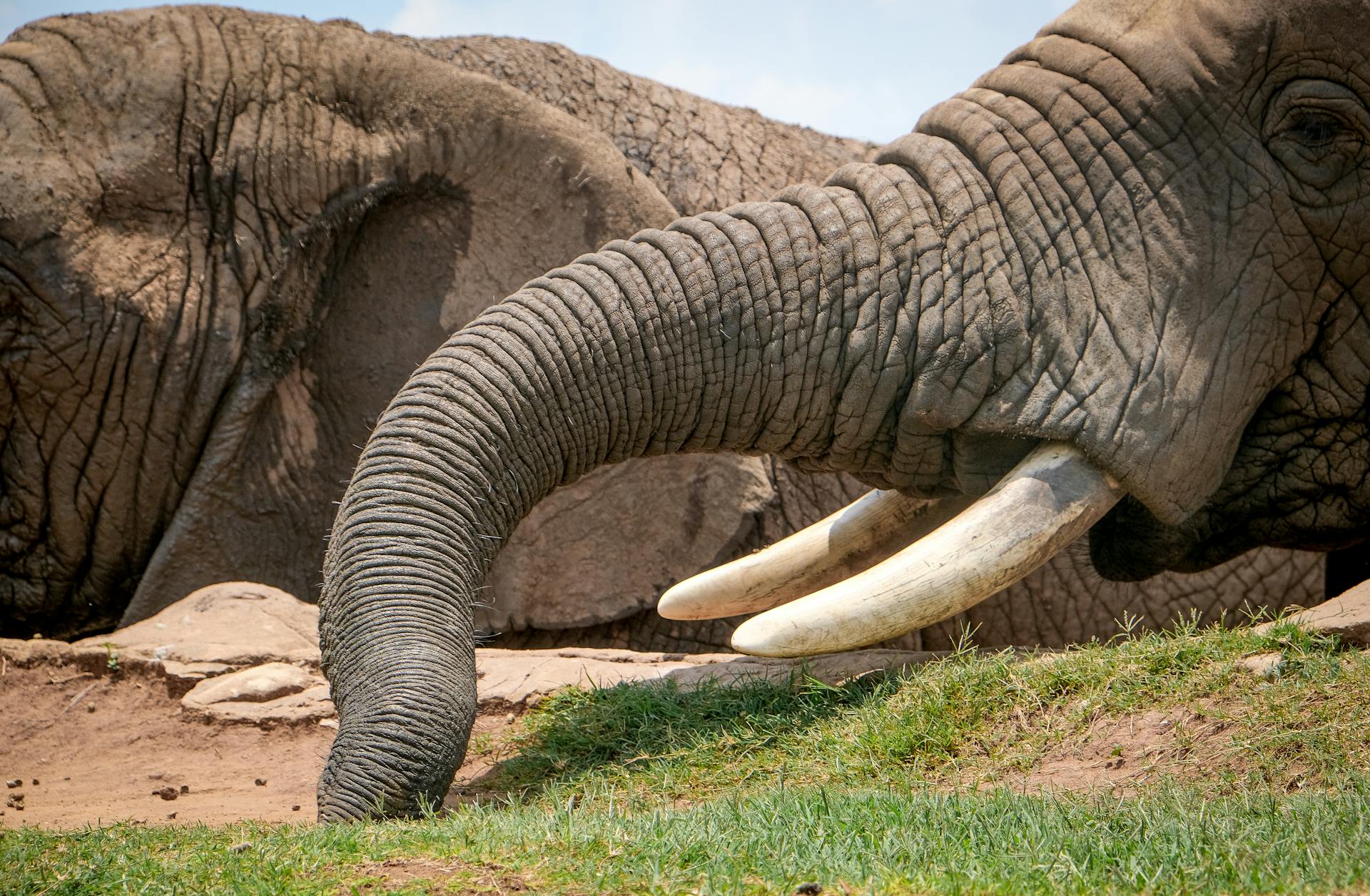
Great Memory: The phrase “an elephant never forgets” is true! Elephants have excellent memories. They can remember other elephants and places for many years.
Loving Families: Elephants live in groups called herds. The herd is usually led by the oldest female, called the matriarch. They are very caring and protective of each other.
Long Lifespan: Elephants can live up to 70 years in the wild, which is a long time compared to many other animals.
Good Swimmers: Elephants love water and are great swimmers. They can use their trunks as a snorkel when swimming in deep water.
Communication Skills: Elephants communicate with each other using sounds, body language, and even vibrations through the ground. Some of their sounds are so low-pitched that humans can’t hear them.
Sleep Standing Up: While elephants can lie down to sleep, they often sleep standing up, especially older elephants. They don’t sleep very long—just about 2 to 4 hours a day!
Baby Elephants: A baby elephant is called a calf. They are born big, weighing about 200 pounds (90 kilograms) and standing about 3 feet (1 meter) tall!
Fun Facts About Butterflies
Colorful Wings: Butterflies are known for their vibrant and colorful wings. They come in all sorts of colors and patterns, making each species unique!
Incredible Transformation: Butterflies go through a life cycle called metamorphosis. They start as an egg, hatch into a caterpillar, turn into a chrysalis (or pupa), and finally emerge as a beautiful butterfly.
Tasty Feet: Butterflies taste with their feet! They have special sensors on their feet that help them find food by tasting the plants they land on.
Tiny Scales: Butterfly wings are covered in tiny scales. These scales give the wings their color and patterns, and they can come off if you touch them.
Nectar Lovers: Butterflies love to drink nectar from flowers. They have a long, tube-like tongue called a proboscis that they use to sip the sweet liquid.
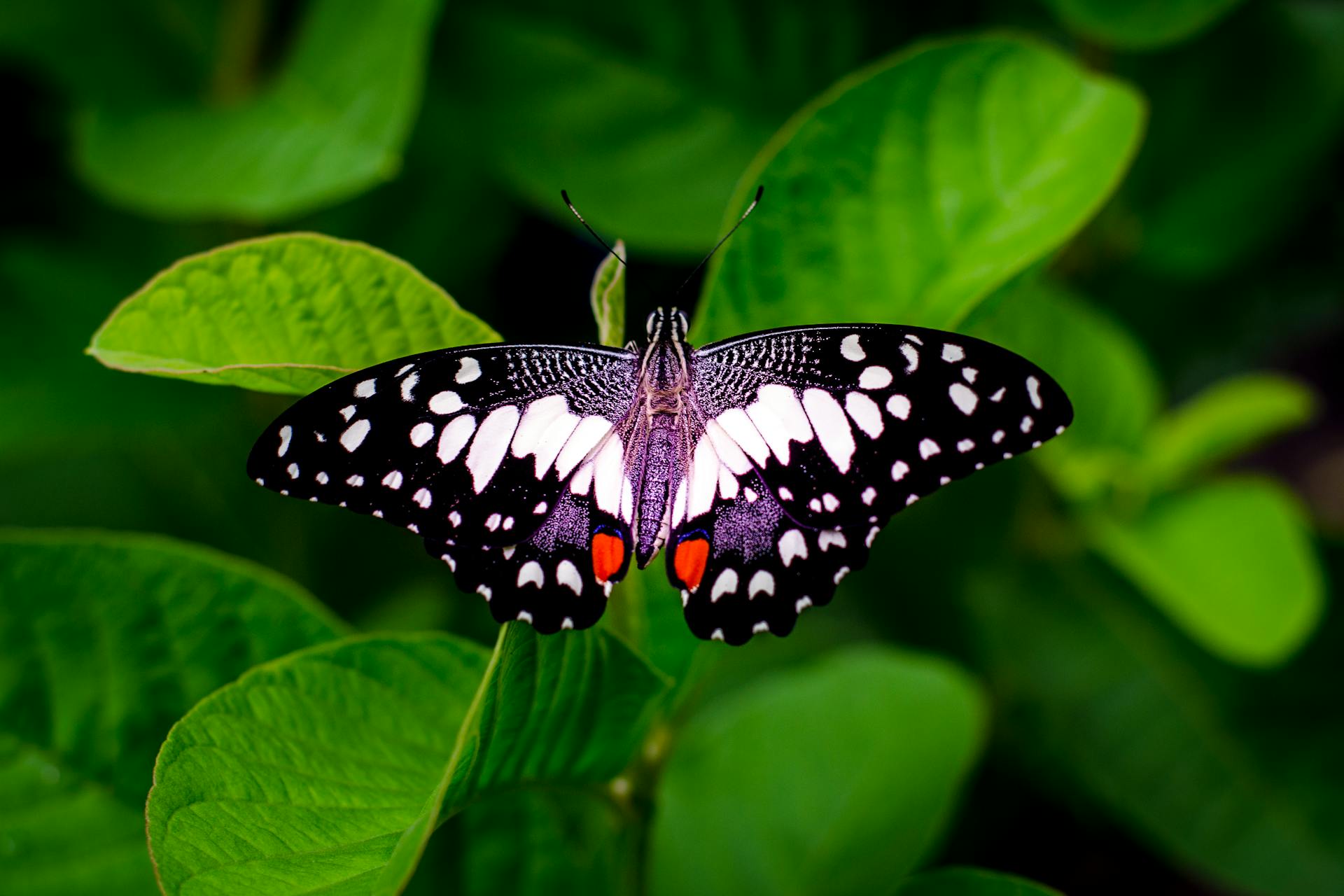
Warmth Lovers: Butterflies need warmth to fly. They are cold-blooded and often bask in the sun to warm up their bodies before they can take off.
Great Travelers: Some butterflies are incredible travelers. The Monarch butterfly, for example, migrates thousands of miles from North America to Central Mexico each year.
Camouflage Masters: Some butterflies can blend into their surroundings using their wing patterns, making it hard for predators to see them. This is called camouflage.
Short Lifespan: Most butterflies have short lives, often only a few weeks. However, some species, like the Monarch, can live up to several months during migration.
No Mouth for Eating: Adult butterflies don’t have a mouth like we do. They only have a proboscis for sipping nectar, so they can’t bite or chew.
Eyes Everywhere: Butterflies have compound eyes, which means their eyes are made up of thousands of tiny lenses. This gives them a wide field of vision.
Diverse Species: There are about 20,000 different species of butterflies in the world! Each species has its own unique look and behavior.
Daytime Flyers: Unlike moths, which are often active at night, most butterflies are diurnal, which means they are active during the day.
Fun Facts About Honeybees
Super Pollinators: Honeybees are important pollinators. They help plants grow by moving pollen from one flower to another, which helps fruits and vegetables develop.
Busy Bees: Honeybees are always working! They collect nectar and pollen, care for baby bees, and keep the hive clean. The phrase “busy as a bee” is very true!
Sweet Honey Makers: Honeybees make honey from nectar, which they store in honeycombs. They use it as food, especially in the winter when there are fewer flowers.
Waggle Dance: Honeybees communicate with each other through a special dance called the “waggle dance.” This dance tells other bees where to find flowers with nectar.
Living in a Hive: Honeybees live together in large colonies inside a hive. Each hive can house up to 60,000 bees!
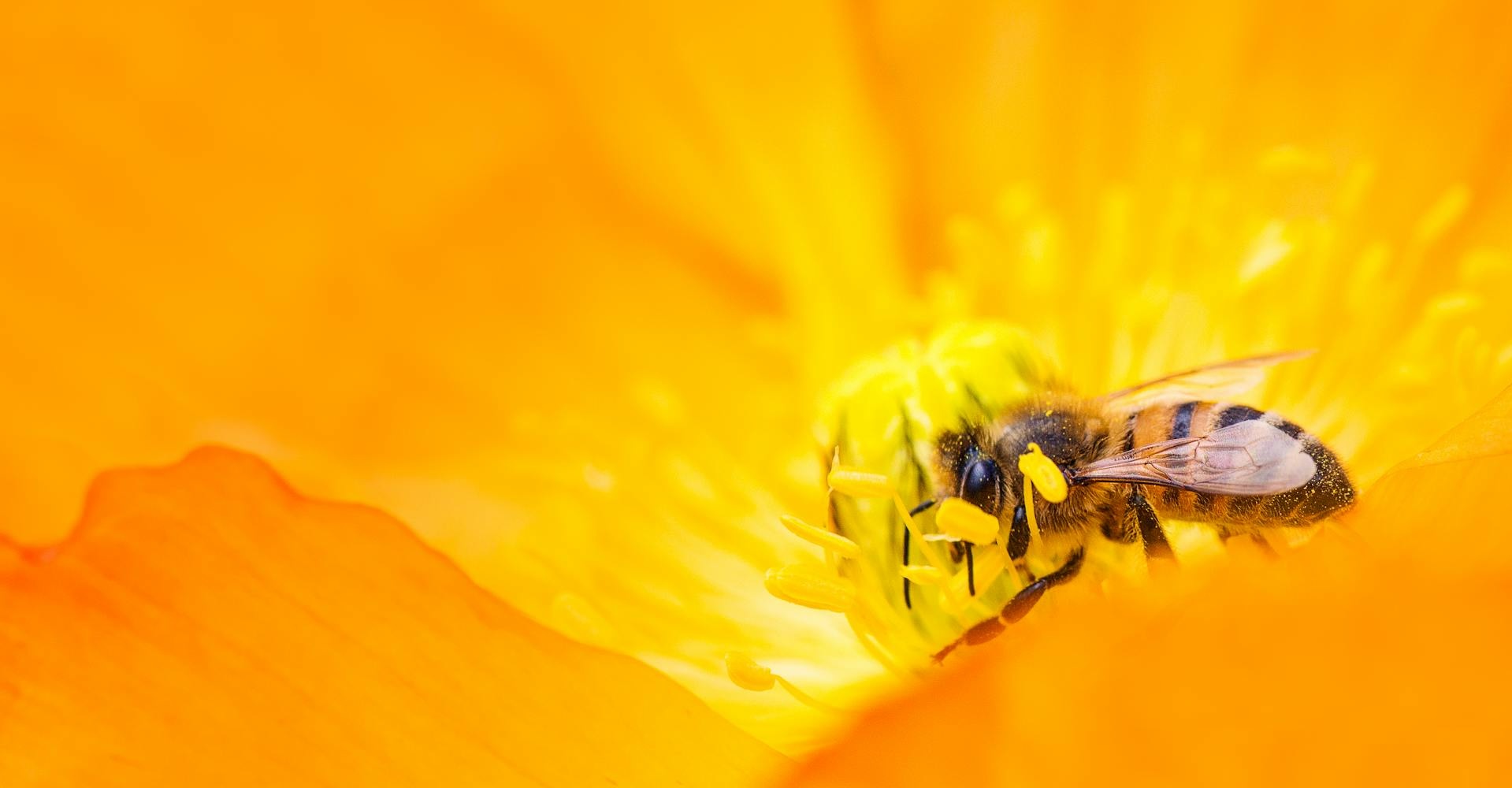
Three Types of Bees: There are three types of bees in a hive: the queen, workers, and drones. The queen lays eggs, workers do all the jobs, and drones mate with the queen.
One Queen: Every hive has only one queen bee. She is the mother of all the bees in the hive and can lay up to 2,000 eggs a day!
Worker Bees: All worker bees are female. They do all the work in the hive, from gathering food to taking care of the baby bees. They even have special wax glands to build honeycombs.
Drones: Male bees, called drones, don’t have stingers and don’t gather food. Their main job is to mate with the queen.
Stinger Facts: Only female bees (workers and the queen) have stingers. A honeybee will sting only if it feels threatened because it loses its life after stinging.
Incredible Sense of Smell: Honeybees have a fantastic sense of smell. They use it to find flowers and communicate with other bees.
Making Beeswax: Honeybees produce beeswax from special glands on their bodies. They use this wax to build honeycombs where they store honey and raise young bees.
Super Speed: Honeybees can fly at about 15 miles per hour (24 kilometers per hour) and can visit around 50-100 flowers during a single trip.
Honey Storage: Bees make more honey than they need, and humans harvest the extra honey. Honey never spoils; it can last for thousands of years!
Bees Are Warm-Blooded: While most insects are cold-blooded, honeybees can regulate their hive’s temperature by working together to generate heat or fan cool air.
Fun Facts About Sloths
Super Slow Movers: Sloths are the slowest mammals on Earth. They move at a top speed of about 0.15 miles per hour (0.24 kilometers per hour).
Upside-Down Life: Sloths spend most of their lives hanging upside down from trees. They eat, sleep, and even give birth while hanging from branches!
Two Types: There are two main types of sloths: two-toed and three-toed sloths. Despite their names, both types actually have three toes on their back feet; the difference is in their front toes.
Green Fur: Sloths have greenish fur, but they’re not naturally green. Algae grow on their fur, which helps them blend in with the trees and avoid predators.
Long Sleepers: Sloths sleep a lot, usually about 15 to 20 hours a day! This helps them save energy.
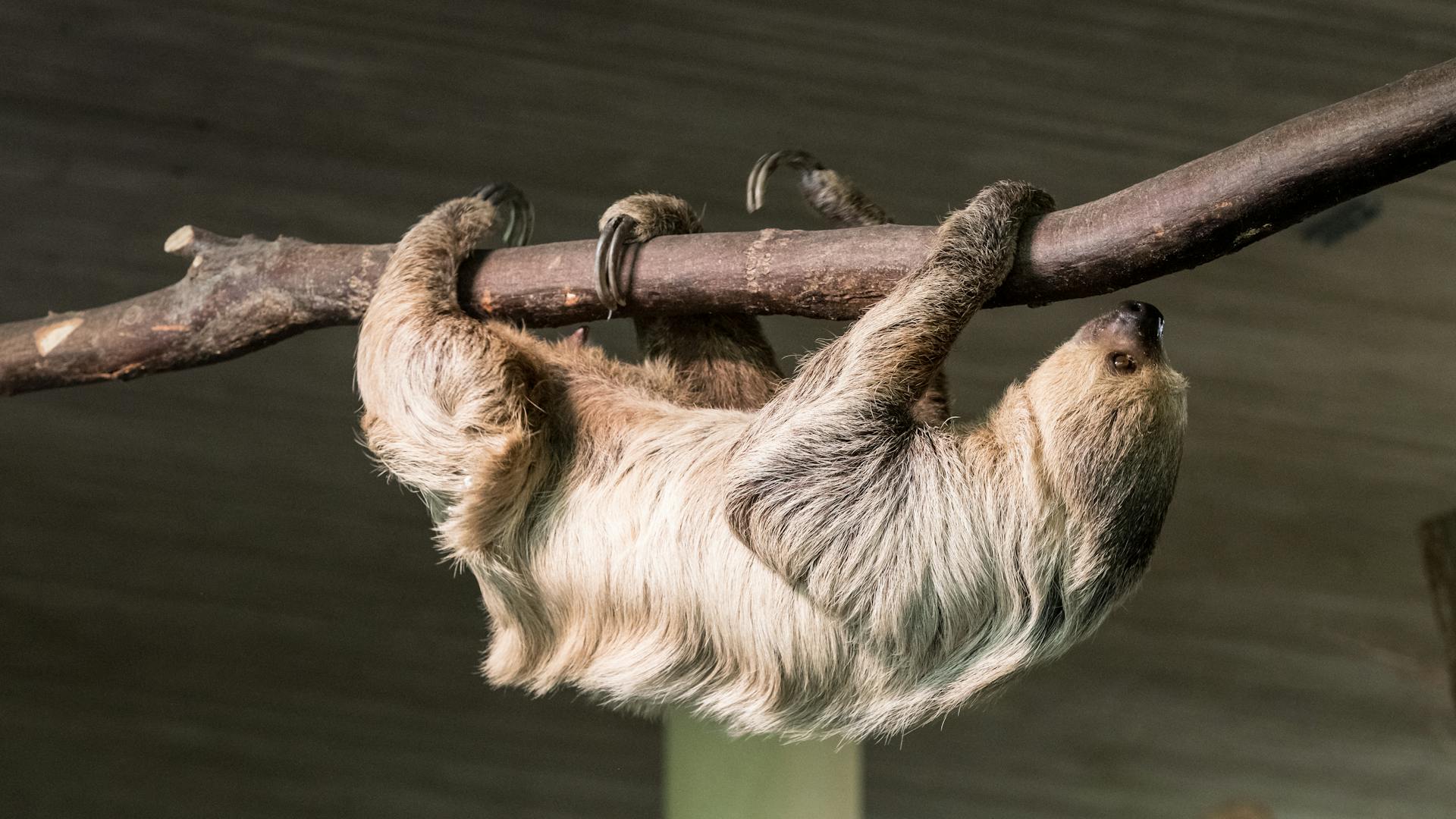
Slow Digesters: Sloths have a very slow metabolism, meaning they digest food very slowly. It can take them up to a month to digest a single meal!
Leaf Diet: Sloths are herbivores, meaning they eat plants. They mainly munch on leaves, but they sometimes eat fruit, too.
Extra Neck Vertebrae: Three-toed sloths have extra neck vertebrae, allowing them to turn their heads almost all the way around—about 270 degrees!
Strong Swimmers: Even though they’re slow on land and in trees, sloths are surprisingly good swimmers. They use their long arms to paddle through the water.
Special Claws: Sloths have long, curved claws that help them grip branches securely. These claws are also why they’re not very good at walking on the ground.
Quiet Creatures: Sloths are generally quiet animals, but they can make high-pitched squeaks when they’re upset or communicating.
Great Camouflage: Their slow movement and algae-covered fur make them hard to spot in the trees, helping them hide from predators like jaguars and harpy eagles.
Gentle Animals: Sloths are peaceful creatures that don’t fight often. They rely on their camouflage and slow movement to avoid danger.
Unique Ecosystem: Sloths have an entire ecosystem living in their fur, including insects and algae. Some of these creatures can only be found in sloth fur!
Slow, Steady Life: Because they move so slowly, sloths use very little energy and can survive on a diet of leaves, which don’t have much nutrition.
Fun Facts About Cuttlefish
Masters of Disguise: Cuttlefish are known for their incredible ability to change color and texture to blend in with their surroundings. They can do this to hide from predators, communicate, or hunt for food.
Built-In Jetpack: Cuttlefish have a unique way of moving through the water. They use a form of jet propulsion by squirting water out of a special tube called a siphon, which makes them move quickly.
Color-Changing Wizzards: Even though cuttlefish are colorblind, they can change their skin color in an instant. They have special cells called chromatophores that help them switch colors and patterns.
Eight Arms and Two Tentacles: Cuttlefish have eight arms and two longer tentacles. They use the tentacles to grab prey like fish, crabs, and shrimp.
Smart Creatures: Cuttlefish are very intelligent. They have large brains for their size and can learn and remember things. They are considered one of the most intelligent invertebrates.

Cuttlefish Bone: Inside their bodies, cuttlefish have a unique structure called a cuttlebone. It’s made of calcium and helps them control their buoyancy in the water.
Big Eyes: Cuttlefish have large eyes and excellent vision. They can see well in low light and even detect polarized light, which humans can’t see.
Inky Defense: Like their relatives, octopuses and squids, cuttlefish can squirt ink to confuse predators and make a quick escape.
Short Lifespan: Cuttlefish don’t live very long, usually only about one to two years. But they make the most of their time, growing quickly and having lots of babies.
Fancy Flashing: During mating season, male cuttlefish put on dazzling light shows using their color-changing abilities to attract females.
Super Squid Relatives: Cuttlefish are related to squids, octopuses, and nautiluses. Together, they’re part of a group called cephalopods.
Soft and Squishy: Cuttlefish have soft, squishy bodies, which make them very flexible. This helps them squeeze into tight spaces to hide or hunt.
Camouflage Experts: Besides changing color, cuttlefish can also change the texture of their skin to look like sand, rocks, or other underwater surfaces.
Three Hearts: Cuttlefish have three hearts! Two pump blood to the gills, and one pumps it to the rest of the body.
Hungry Hunters: Cuttlefish are carnivores. They use their sharp beaks, located in their mouths, to eat prey.

8. Cheetah: The Speedster of the Savannah
Hold onto your hats! The cheetah is the fastest land animal, reaching speeds of up to 75 miles per hour. That’s faster than most cars on the highway! They’re the Usain Bolt of the animal kingdom.
6. March of the Penguins
Penguins are known for their comical waddle on land. This is because of their short legs and the way they walk. They use a kind of wobbly side-to-side motion to get around. When they’re in a hurry, they can slide on their bellies, a movement called “tobogganing.” It looks like a fun way to travel, doesn’t it?
9. Chatty Dolphins: The Ocean’s Social Butterflies
Dolphins are not just expert swimmers; they’re also chatterboxes! They use a series of clicks and whistles to talk to each other. It’s like having a secret language under the sea.
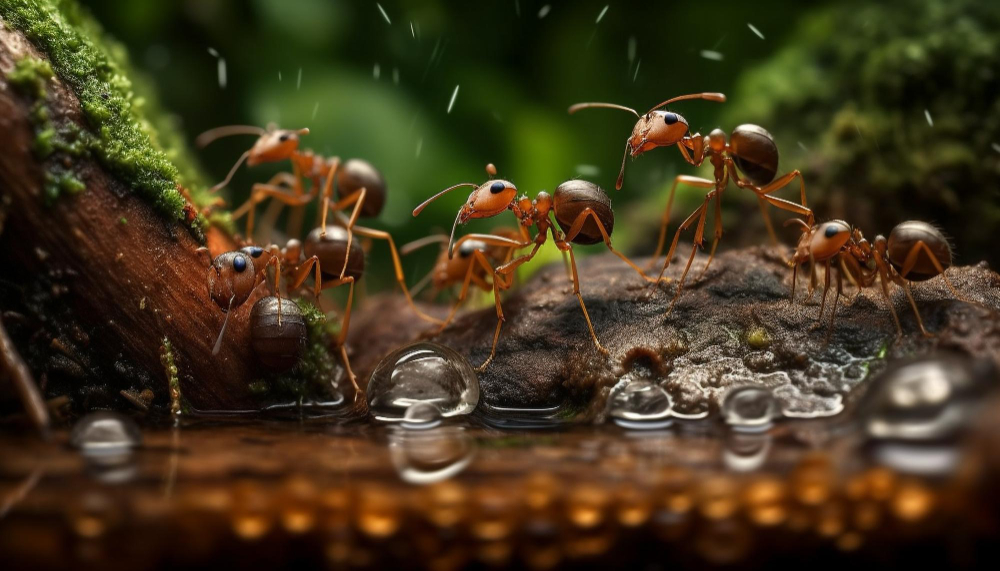
10. Ants: Tiny Team Players
Ants are like the ultimate teamwork champions. They work together to build intricate ant colonies, and some ants can even carry objects 50 times their own body weight. Teamwork makes the dream work!
There you have it, animal enthusiasts! These fun facts about our furry, feathered, and finned friends are just the tip of the iceberg. Nature is full of surprises, so keep exploring and discovering the amazing wonders of the animal kingdom! 🐾
Fun Facts about Transports
Transportation is fascinating, and there’s so much to learn about how we move from place to place. It’s an exciting world of machines, vehicles, and innovation! Here are some fun and interesting facts about transports that you might enjoy:


